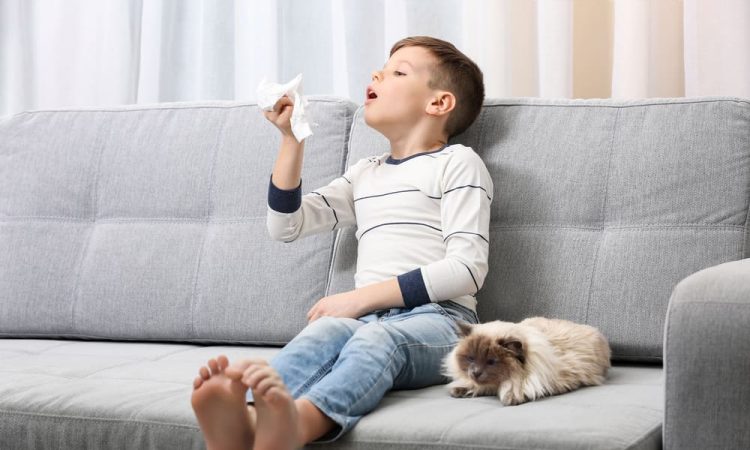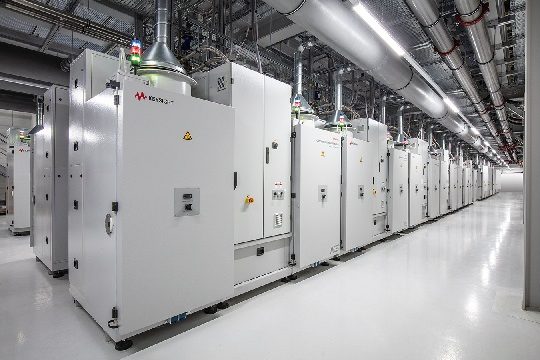
Indoor air quality is essential for maintaining a healthy and comfortable living environment, particularly for individuals with allergies or respiratory sensitivities. Pollen, a common outdoor allergen, can find its way indoors and trigger allergic reactions if not properly filtered. In this blog post, we delve into strategies and solutions for effectively filtering pollen and allergens to improve indoor air quality, reduce allergy symptoms, and create a more comfortable living space for allergy sufferers.
Understanding the Impact of Pollen on Indoor Air Quality
Pollen can enter indoor spaces through open windows, doors, ventilation systems, and on clothing or pets, contributing to poor indoor air quality and exacerbating allergy symptoms. Common types of pollen that can trigger allergies include tree pollen, grass pollen, and weed pollen. Filtering out these allergens is crucial for maintaining a healthy indoor environment, especially during peak allergy seasons.
Implementing Effective Allergen Defense Strategies
One innovative approach to mitigate the infiltration of pollen and allergens into homes, particularly in areas like Palm Beach, FL, is the installation of hurricane screens for windows. These screens are designed not only to provide protection against the severe weather conditions often experienced in the region but also to act as an effective barrier against pollen and other airborne allergens. By integrating finely meshed hurricane screens, residents can enjoy the dual benefits of safeguarding their homes from storm damage while significantly reducing the amount of pollen that enters indoor spaces. This solution offers a practical and efficient way to enhance indoor air quality, contributing to a healthier and more comfortable living environment for individuals with allergies.
Strategies for Filtering Pollen and Allergens
To defend against pollen and allergens and improve indoor air quality, consider the following strategies:
- High-Efficiency Particulate Air (HEPA) Filters: HEPA filters capture tiny particles, including pollen, dust mites, pet dander, and other allergens, effectively reducing their presence in the air.
- Regular HVAC Maintenance: Schedule routine maintenance for your heating, ventilation, and air conditioning (HVAC) system to ensure filters are clean and functioning optimally.
- Air Purifiers: Standalone air purifiers equipped with HEPA filters can further filter out pollen and allergens in specific rooms, providing targeted relief for allergy sufferers.
- Natural Ventilation Management: Limit outdoor air infiltration by keeping windows and doors closed during high pollen seasons and using air purifiers to circulate and filter indoor air.
Benefits of Pollen Filtration for Indoor Comfort
Filtering pollen and allergens from indoor air offers several benefits:
- Allergy Symptom Relief: Reduced pollen exposure can alleviate allergy symptoms such as sneezing, congestion, runny nose, and itchy eyes for allergy sufferers.
- Improved Respiratory Health: Cleaner indoor air promotes better respiratory health, reduces asthma triggers, and enhances overall well-being.
- Enhanced Sleep Quality: Minimizing allergens in the bedroom through effective filtration can lead to improved sleep quality and restful nights.
- Odor Reduction: Pollen filtration can also help eliminate odors and airborne particles, creating a fresher and more pleasant indoor environment.
Maintaining Effective Pollen Filtration
To ensure ongoing pollen filtration and maintain indoor air quality, follow these maintenance tips:
- Regular Filter Replacements: Replace HEPA filters in HVAC systems and air purifiers according to manufacturer recommendations to maintain optimal filtration efficiency.
- Vacuuming and Dusting: Regularly vacuum carpets, rugs, upholstery, and dust surfaces to remove pollen and allergens that may have settled indoors.
- Minimize Indoor Plants: Reduce the number of pollen-producing plants indoors, especially during peak allergy seasons, to minimize pollen exposure.
- Professional Inspections: Periodically schedule professional HVAC inspections and air quality assessments to identify and address any indoor air quality issues proactively.
Creating a Comprehensive Allergen Defense Plan
In addition to the discussed strategies, incorporating a humidifier or dehumidifier into your indoor environment can also play a significant role in managing allergens. Balancing indoor humidity levels is essential, as both excessively dry and overly humid conditions can exacerbate allergy symptoms. Dry air can irritate nasal passages and throat, while high humidity can promote the growth of mold and dust mites. By maintaining a relative humidity level between 30% and 50%, you can create a more comfortable living space that discourages allergen proliferation, further enhancing the quality of indoor air and supporting the health and well-being of residents with allergies.
In conclusion, filtering pollen and allergens plays a crucial role in improving indoor air quality, enhancing respiratory health, and creating a comfortable living environment for individuals with allergies. By implementing effective filtration strategies, maintaining HVAC systems, and using air purifiers with HEPA filters, you can significantly reduce pollen exposure indoors and enjoy a cleaner, healthier indoor atmosphere conducive to overall well-being.



